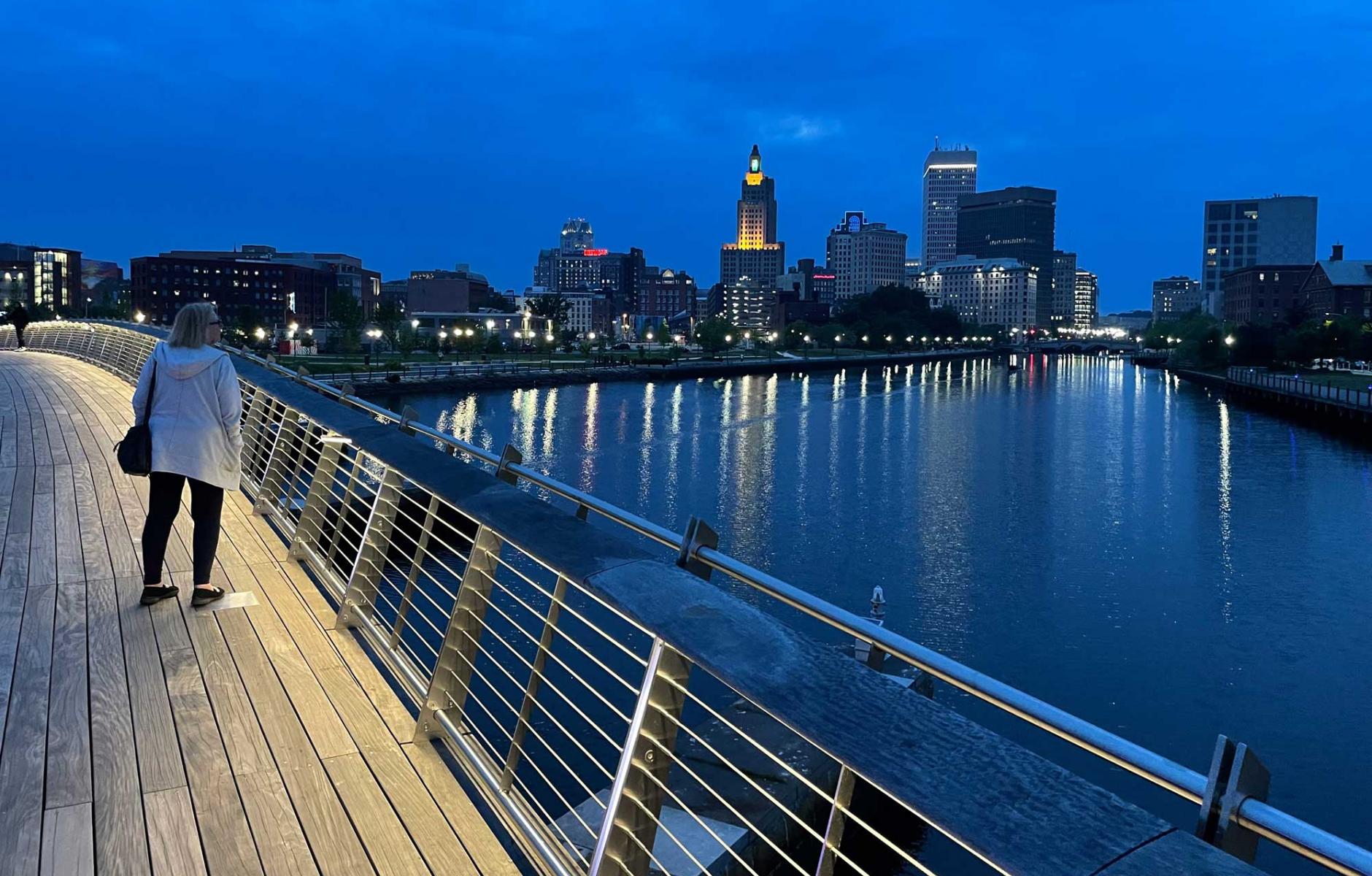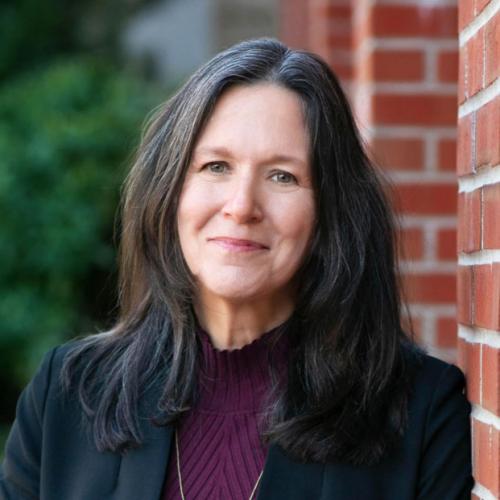
Regional networks and local character: CNU33 explores Providence
Every planner and urbanist we’ve met has been filled with a strong sense of wanderlust and often grew up, went to school, got a job, and settled in different parts of the United States or the world. But there’s something about New England that transforms restless explorers—including urbanists—into contented locals. It’s no wonder that Noah Kahan’s Stick Season (his self-proclaimed love letter to New England), resonates so deeply with international audiences.
Across New England’s diverse terrain of alpine ridges, tidal marshes, and rocky shores lies a tapestry of history—from glacier moraines and indigenous settlements to colonial architecture and industrial development. Traditional downtowns and Main Streets are found in nearly every New England community—rural, suburban, and even urban places. Though buildings may have been repurposed, you’ll find that each historic town hall typically stands next to the first church, with an old schoolhouse nearby.
As the country’s original melting pot, in New England you can feel (and taste) the influence of a myriad of cultures and religions everywhere you turn. Its thriving cities are hubs for art, food, business, and civic life while small towns reveal its timeless character and layered history. It’s hard to put New England’s compelling charms into words, but somehow, six of the nation’s smallest states collectively offer something for everyone.
And yet, New England faces similar challenges to the rest of the country. Its housing production and market fail to meet the needs of the residents. Landscapes and infrastructure aren’t yet ready to prevail against climate change. This combination of urgent challenges and rich planning tradition makes it an ideal place for urbanists to develop regional solutions.
CNU 33 New England at Providence, June 11-14, 2025, aims to do just that. Our annual Congress will bring together urbanists to examine successful models for sustainable, connected communities. Drawing inspiration from the region’s centuries-old urban pattern that’s yielded so many treasured and resilient cities, towns, and villages, the conference will examine how integrated systems can overcome sprawl, disinvestment, and environmental decline while preserving the distinctive character that makes places worth caring about.
The power of coherent urban systems is evident throughout Providence. The city illustrates the art of urban evolution—from walkable historic neighborhoods that connect via transit and greenways to preserved open spaces, its reactivated waterfront, and revitalized industrial spaces. The historic character of Providence enriches rather than restricts modern life.
Federal Hill and Fox Point reveal how immigrant communities shaped the urban core, while the Woonasquatucket River Valley and Olneyville showcase industrial reinvention. College Hill and the East Side demonstrate historic, walkable, institution-anchored districts, with nearby communities like Bristol and Warren maintaining connections to natural landscapes.
The conference program will feature up to 100 sessions addressing challenges that are all too familiar to urbanists nationwide: the housing affordability crisis, growing demand for car-free mobility, urgent climate adaptation needs, and persistent inequity in development. Twenty-five carefully curated tours will demonstrate to attendees how Providence tackles these issues through regional connections.
In just a few weeks, we’ll be launching registration and unveiling a program highlighting regionalism and resilience—including over 30 tours to get you out of the hotel and into Providence and its surrounding towns. Learn more at cnu.org/cnu33/





